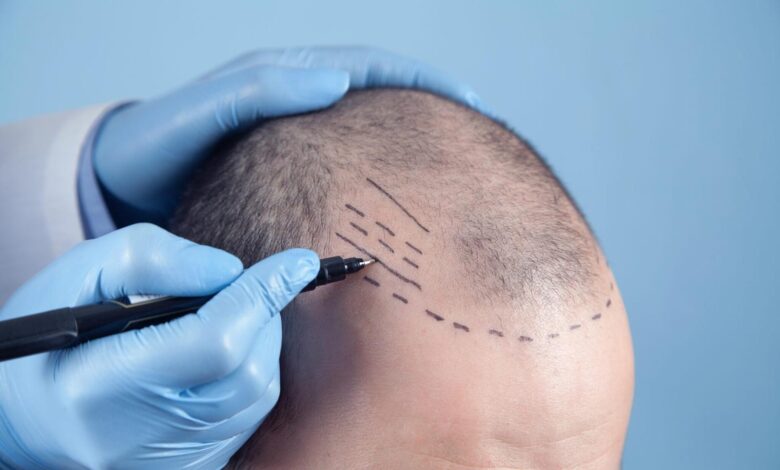
Contents [hide]
- 1 Hair Transplant: A Complete Guide to Restore Your Hair and Confidence
- 2 What is Hair Transplant and How is it Performed?
- 3 Who is a Good Candidate for Hair Transplant and Who is Not?
- 4 What are the Advantages and Disadvantages of Hair Transplant?
- 5 What are the Different Techniques and Methods of Hair Transplant?
- 6 Frequently Asked Questions
- 6.1 How much does hair transplant cost in Turkey?
- 6.2 How long does hair transplant take?
- 6.3 How long does it take to see the results of hair transplant?
- 6.4 What are the risks and complications of hair transplant?
- 6.5 What are the things to consider before and after hair transplant?
- 6.6 Can hair transplantation be performed on women as well?
- 7 Conclusion
Hair Transplant: A Complete Guide to Restore Your Hair and Confidence
Are you suffering from hair loss and looking for a permanent solution? Do you want to know more about hair transplant, how it works, who can benefit from it, and what to expect after the procedure? If so, you are in the right place. In this article, we will provide you with a comprehensive and informative guide on hair transplant, one of the most effective methods to treat hair loss and baldness. You will learn:
- What is hair transplant and how is it performed?
- Who is a good candidate for hair transplant and who is not?
- What are the advantages and disadvantages of hair transplant?
- What are the different techniques and methods of hair transplant?
- What are the costs and prices of hair transplant in Turkey and other countries?
- What are the things to consider before and after hair transplant?
- What are the frequently asked questions and answers about hair transplant?
By the end of this article, you will have a clear understanding of hair transplant and be able to decide if it is the right option for you. Let’s get started!
What is Hair Transplant and How is it Performed?
Hair transplant is a surgical procedure that involves transferring hair follicles from one part of the scalp (called the donor area) to another part of the scalp (called the recipient area) that is affected by hair loss or baldness. The goal of hair transplant is to restore the natural appearance and density of the hair, as well as to improve the self-esteem and confidence of the patient.
Hair transplant is usually performed under local anesthesia, which means that the patient is awake but does not feel any pain or discomfort during the procedure. Depending on the technique and the size of the area to be treated, hair transplant can take from 4 to 8 hours to complete. The patient can go home on the same day or stay overnight in the clinic or hospital.
There are different techniques and methods of hair transplant, each with its own advantages and disadvantages. The most common ones are:
- FUE (Follicular Unit Extraction): This is the most popular and advanced technique of hair transplant. It involves extracting individual hair follicles from the donor area using a special device called a punch. The extracted follicles are then implanted into the recipient area using a needle or a microblade. FUE does not leave any visible scars or stitches, and has a shorter recovery time than other techniques. However, it may require more sessions and grafts to achieve the desired result, and it may be more expensive than other techniques.
- FUT (Follicular Unit Transplantation): This is the oldest and traditional technique of hair transplant. It involves cutting a strip of skin from the donor area, usually from the back or sides of the head. The strip is then divided into smaller units of hair follicles, which are then implanted into the recipient area using a needle or a microblade. FUT can cover a large area of baldness in one session, and it may be cheaper than other techniques. However, it leaves a linear scar on the donor area, which may be visible if the hair is short or thin. It also has a longer recovery time and may cause more pain and swelling than other techniques.
- DHI (Direct Hair Implantation): This is a variation of the FUE technique, which uses a special tool called a Choi implanter. The Choi implanter is a pen-like device that can extract and implant hair follicles in one step, without the need for creating incisions or holes in the scalp. DHI can provide more precise and natural results, as well as faster healing and less bleeding. However, it may also require more sessions and grafts, and it may be more expensive than other techniques.
Who is a Good Candidate for Hair Transplant and Who is Not?
Hair transplant is not a suitable option for everyone who suffers from hair loss or baldness. There are some criteria and conditions that need to be met in order to be eligible for hair transplant. These include:
- Having a sufficient amount and quality of donor hair: The donor hair is the source of the hair follicles that will be transplanted to the balding area. Therefore, the donor hair must be healthy, strong, and dense enough to provide enough grafts for the procedure. The donor hair is usually taken from the back or sides of the head, where the hair is more resistant to hair loss. However, in some cases, other parts of the body, such as the beard, chest, or legs, can also be used as donor hair.
- Having a stable pattern of hair loss: Hair loss can be caused by various factors, such as genetics, hormones, stress, medication, or disease. Some types of hair loss are temporary or reversible, while others are permanent or progressive. Hair transplant is only effective for treating permanent or stable hair loss, such as androgenetic alopecia (male or female pattern baldness), which is caused by the sensitivity of the hair follicles to a hormone called dihydrotestosterone (DHT). If the hair loss is still ongoing or unpredictable, hair transplant may not be able to restore the hair completely, and there may be a need for further procedures or treatments in the future.
- Having a good general health condition: Hair transplant is a surgical procedure that involves some risks and complications, such as infection, bleeding, inflammation, or scarring. Therefore, the patient must be in a good physical and mental health condition, and not have any chronic or acute diseases, infections, allergies, or bleeding disorders that may affect the healing process or the outcome of the procedure. The patient must also inform the doctor about any medication or supplements that they are taking, as some of them may interfere with the anesthesia or the blood clotting.
- Having realistic expectations: Hair transplant is not a miracle cure that can restore the hair to its original state or density. The result of hair transplant depends on various factors, such as the technique, the number of grafts, the skill of the doctor, the quality of the donor hair, and the condition of the recipient area. Hair transplant can improve the appearance and the coverage of the hair, but it may not be able to match the natural hairline, the texture, or the color of the hair. The patient must also understand that hair transplant is a long-term process that requires patience and care, and that the final result may take up to a year or more to be visible.
What are the Advantages and Disadvantages of Hair Transplant?
Hair transplant is a popular and effective method to treat hair loss and baldness, but it also has some pros and cons that need to be considered before deciding to undergo the procedure. Some of the advantages and disadvantages of hair transplant are:
Advantages
- It can provide natural-looking and permanent results, as the transplanted hair follicles grow and behave like the original hair.
- It can improve the self-confidence and the quality of life of the patient, as they feel more satisfied and comfortable with their appearance.
- It can be customized and tailored to the needs and preferences of the patient, as the doctor can adjust the number, the direction, and the distribution of the grafts according to the desired outcome.
- It can be combined with other treatments or procedures, such as medication, PRP (platelet-rich plasma), or SMP (scalp micropigmentation), to enhance the results or to address other issues, such as thinning hair, receding hairline, or scarring.
Disadvantages
- It can be expensive, as the cost of hair transplant depends on various factors, such as the technique, the number of grafts, the location, and the reputation of the clinic or the doctor. The average cost of hair transplant in Turkey, which is one of the most popular destinations for hair transplant, ranges from 5,000 TL to 25,000 TL, depending on the individual case. However, the cost of hair transplant in other countries, such as the UK, the US, or Germany, can be much higher, reaching up to 100,000 TL or more.
- It can be painful, as the procedure involves making incisions or holes in the scalp, extracting and implanting hair follicles, and applying stitches or bandages. Although the procedure is performed under local anesthesia, some patients may experience some discomfort or pain during or after the procedure. The pain can be managed with the use of painkillers or anti-inflammatory drugs prescribed by the doctor.
- It can have some risks and complications, such as infection, bleeding, inflammation, scarring, or graft failure. These can be minimized or prevented by following the instructions and recommendations of the doctor before and after the procedure, such as taking antibiotics, avoiding alcohol, smoking, or caffeine, washing the hair gently, and avoiding sun exposure or physical activities. However, some complications may require further treatment or intervention, such as medication, surgery, or laser therapy.
- It can have some limitations, such as the availability and the quality of the donor hair, the extent and the pattern of the hair loss, the age and the health condition of the patient, and the expectations and the satisfaction of the patient. Hair transplant may not be able to restore the hair to its full density or appearance, and it may not be able to address other causes or types of hair loss, such as alopecia areata, telogen effluvium, or traction alopecia.
What are the Different Techniques and Methods of Hair Transplant?
As we mentioned earlier, there are different techniques and methods of hair transplant, each with its own advantages and disadvantages.
Hair transplant is a procedure that can help people who suffer from hair loss or baldness to restore their hair and improve their appearance. There are different techniques and methods of hair transplant, each with its own advantages and disadvantages. Some of the most common ones are:
FUE (Follicular Unit Extraction): This is the most popular and advanced technique of hair transplant. It involves extracting individual hair follicles from the donor area using a special device called a punch. The extracted follicles are then implanted into the recipient area using a needle or a microblade. FUE does not leave any visible scars or stitches, and has a shorter recovery time than other techniques. However, it may require more sessions and grafts to achieve the desired result, and it may be more expensive than other techniques. Some of the benefits and drawbacks of FUE are:
- Natural and permanent results: The transplanted hair follicles grow and behave like the original hair, and they are resistant to hair loss. The result is natural-looking and lasts for a lifetime.
- Minimal pain and discomfort: The procedure is performed under local anesthesia, and the patient does not feel any pain or discomfort during or after the procedure. The pain can be easily managed with painkillers or anti-inflammatory drugs prescribed by the doctor.
- Fast and easy healing: The procedure does not involve any cuts or stitches, and the wounds heal quickly and easily. The patient can resume normal activities within a few days, and the hair can be washed and styled after a week.
- No visible scars: The procedure does not leave any linear or circular scars on the donor area, and the hair can be worn short or long without any worries. The scars are only visible under a microscope or a magnifying glass.
- More sessions and grafts: The procedure may require more sessions and grafts than other techniques, depending on the size and the density of the balding area. Each session can take from 4 to 8 hours, and the patient may need to wait for several months between sessions to allow the hair to grow and the scalp to heal.
- More expensive: The procedure may be more costly than other techniques, as it requires more time, skill, and equipment. The average cost of FUE hair transplant in Turkey, which is one of the most popular destinations for hair transplant, ranges from 10,000 TL to 25,000 TL, depending on the individual case. However, the cost of FUE hair transplant in other countries, such as the UK, the US, or Germany, can be much higher, reaching up to 100,000 TL or more.
- More time-consuming: The procedure may take longer than other techniques, as it requires extracting and implanting each hair follicle individually. The duration of the procedure depends on the number of grafts needed, but it can range from 4 to 8 hours or more.
- More skill-dependent: The procedure requires a high level of skill and experience from the doctor and the team, as they have to handle the hair follicles carefully and precisely. The quality and the survival rate of the grafts depend on the expertise and the technique of the doctor.
- More variable: The procedure may have more variability in the results, as it depends on various factors, such as the quality and the density of the donor hair, the condition and the size of the recipient area, the direction and the angle of the hair growth, and the healing and the growth rate of the hair.
FUT (Follicular Unit Transplantation): This is a technique that involves cutting a strip of skin from the donor area, usually the back or sides of the head. The strip is then divided into smaller units of hair follicles, which are then implanted into the recipient area, where the hair is thinning or missing, using a needle or a microblade.
FUT can cover a large area of baldness in one session, and it may be cheaper than other techniques. However, it leaves a linear scar on the donor area, which may be visible if the hair is short or thin. It also has a longer recovery time and may cause more pain and swelling than other techniques. You can read more about FUT here or here.
DHI (Direct Hair Implantation): This is a technique that uses a special tool called a Choi implanter, which can extract and implant hair follicles in one step, without the need for creating incisions or holes in the scalp. DHI can provide more precise and natural results, as well as faster healing and less bleeding. However, it may also require more sessions and grafts, and it may be more expensive than other techniques. You can read more about DHI here or here.
The best technique or method of hair transplant for you depends on various factors, such as your hair type, your hair loss pattern, your donor hair availability, your budget, and your expectations. You should consult with a qualified and experienced hair transplant surgeon, who can assess your condition and recommend the most suitable option for you. You can also compare the different techniques and methods of hair transplant here.
Frequently Asked Questions
How much does hair transplant cost in Turkey?
The average cost of hair transplant in Turkey ranges from 5,000 TL to 25,000 TL, depending on the individual case. However, the cost of hair transplant in other countries, such as the UK, the US, or Germany, can be much higher, reaching up to 100,000 TL or more. The cost of hair transplant depends on various factors, such as the technique, the number of grafts, the location, and the reputation of the clinic or the doctor.
How long does hair transplant take?
Hair transplant can take from 4 to 8 hours to complete, depending on the technique and the size of the area to be treated. The patient can go home on the same day or stay overnight in the clinic or hospital. Hair transplant is usually performed under local anesthesia, which means that the patient is awake but does not feel any pain or discomfort during the procedure.
How long does it take to see the results of hair transplant?
The results of hair transplant are not immediate, as the transplanted hair follicles need time to heal and grow. The transplanted hair may fall out within the first few weeks after the procedure, which is normal and expected. The new hair will start to grow after 3 to 4 months, and the final result will be visible after 12 to 18 months. The patient must be patient and follow the instructions and recommendations of the doctor to ensure the best outcome.
What are the risks and complications of hair transplant?
Hair transplant is a surgical procedure that involves some risks and complications, such as infection, bleeding, inflammation, scarring, or graft failure. These can be minimized or prevented by following the instructions and recommendations of the doctor before and after the procedure, such as taking antibiotics, avoiding alcohol, smoking, or caffeine, washing the hair gently, and avoiding sun exposure or physical activities. However, some complications may require further treatment or intervention, such as medication, surgery, or laser therapy.
What are the things to consider before and after hair transplant?
Before hair transplant, the patient must consult with a qualified and experienced doctor, who will evaluate the condition and the expectations of the patient, and recommend the most suitable technique and method of hair transplant. The patient must also inform the doctor about any medication or supplements that they are taking, as some of them may interfere with the anesthesia or the blood clotting.
After hair transplant, the patient must follow the instructions and recommendations of the doctor, such as taking painkillers or anti-inflammatory drugs, applying ice packs or saline solution, sleeping with the head elevated, and avoiding touching or scratching the scalp. The patient must also visit the doctor regularly for check-ups and follow-ups, and use the prescribed shampoo and lotion to wash and moisturize the hair.
Can hair transplantation be performed on women as well?
Yes, hair transplantation can be performed on women as well. Hair loss and baldness are not only problems that affect men, but also many women. Hair transplantation is a surgical procedure that can help women restore their natural hair growth and improve their appearance and self-confidence. However, not all women are suitable candidates for hair transplantation, and there are different techniques and methods that can be used depending on the individual case.
Conclusion
Hair transplant is a popular and effective method to treat hair loss and baldness, but it also has some pros and cons that need to be considered before deciding to undergo the procedure. Hair transplant can provide natural-looking and permanent results, improve the self-confidence and the quality of life of the patient, and be customized and tailored to the needs and preferences of the patient. However, hair transplant can also be expensive, painful, have some risks and complications, and have some limitations. Hair transplant is not a suitable option for everyone who suffers from hair loss or baldness, as there are some criteria and conditions that need to be met in order to be eligible for hair transplant.
Hair transplant is a long-term process that requires patience and care, and the final result may take up to a year or more to be visible. Therefore, the patient must consult with a qualified and experienced doctor, who will evaluate the condition and the expectations of the patient, and recommend the most suitable technique and method of hair transplant. The patient must also follow the instructions and recommendations of the doctor before and after the procedure, and use the prescribed shampoo and lotion to wash and moisturize the hair. Hair transplant can be a life-changing decision, and the patient must be well-informed and well-prepared before making it.
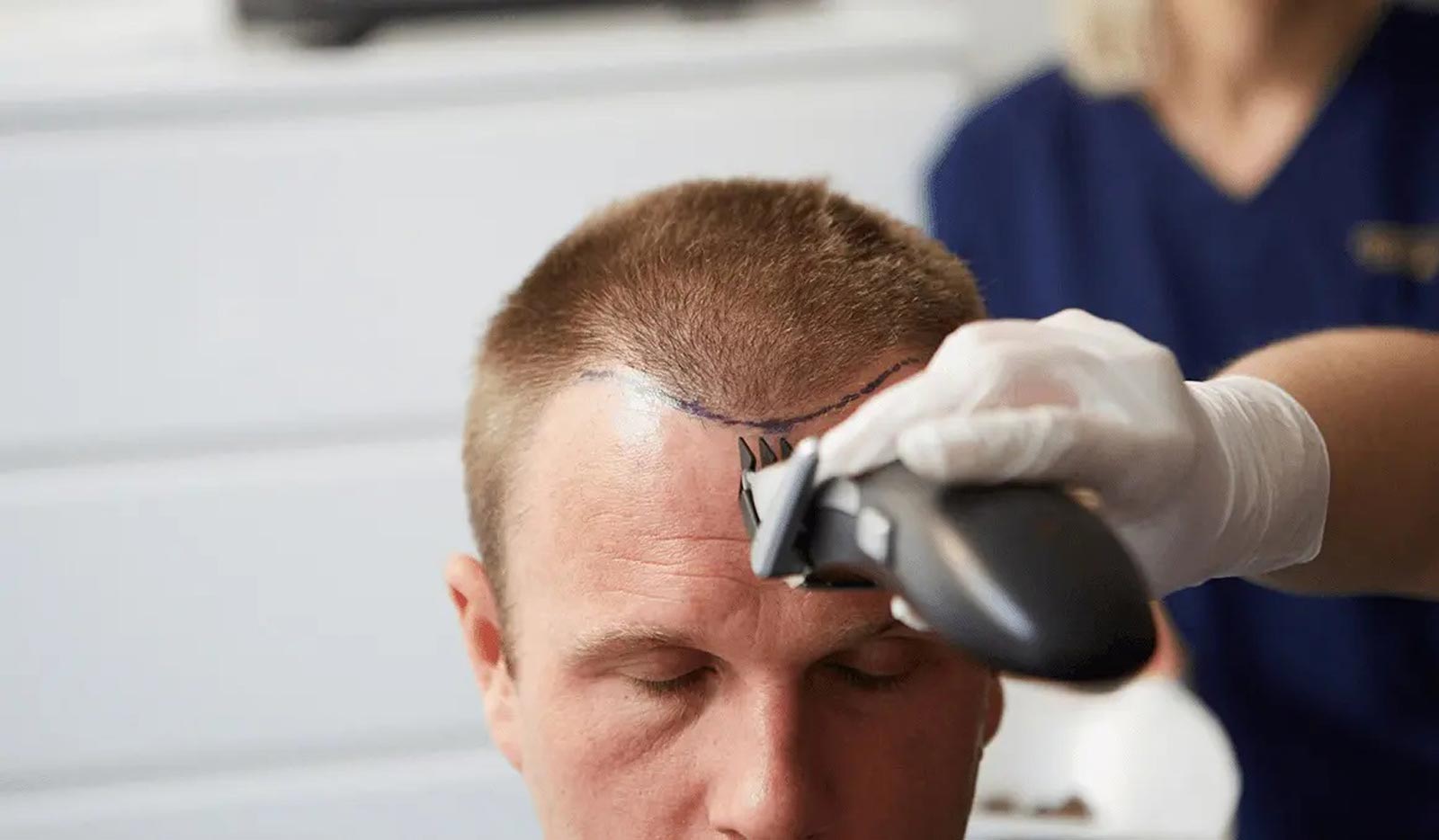
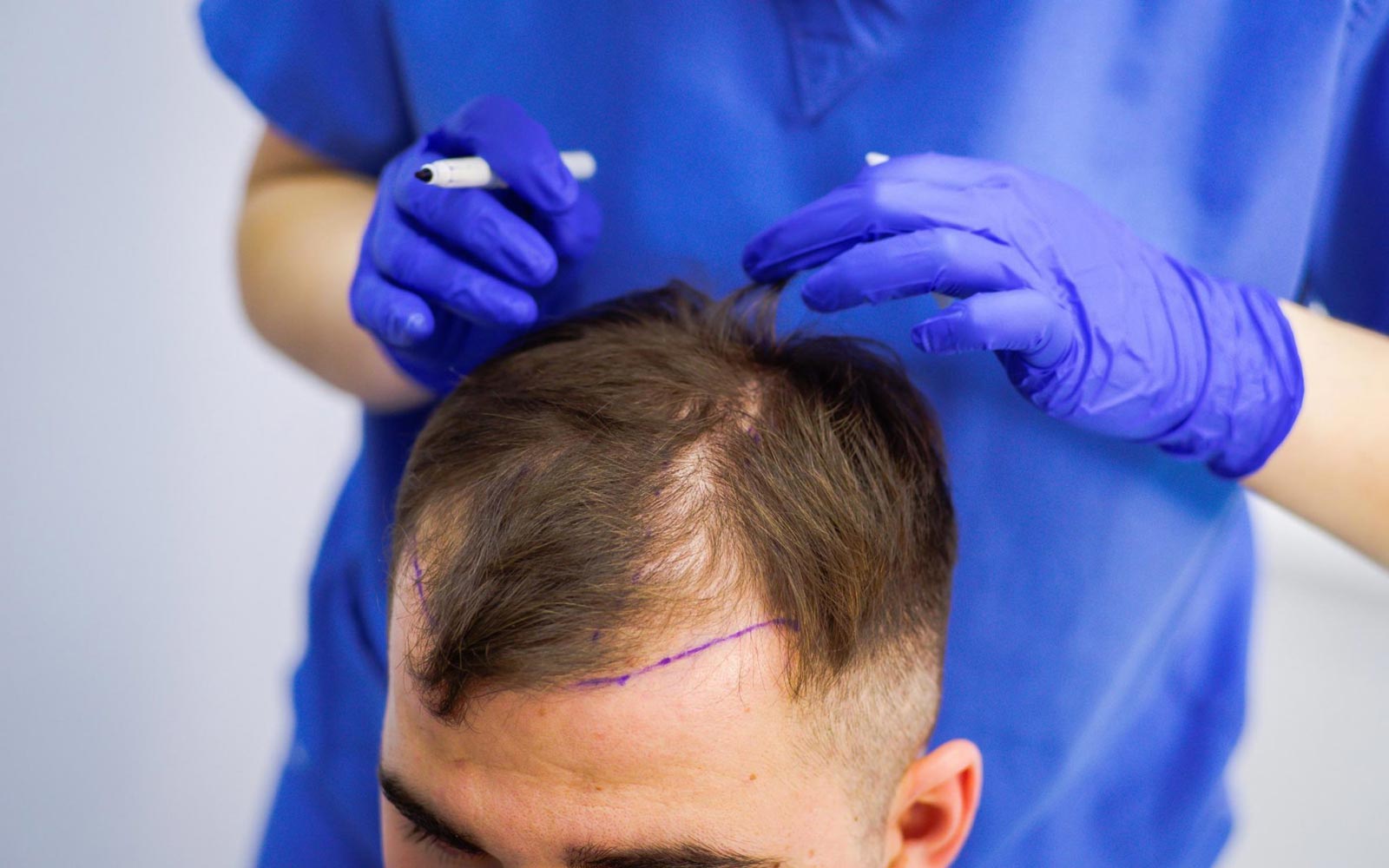
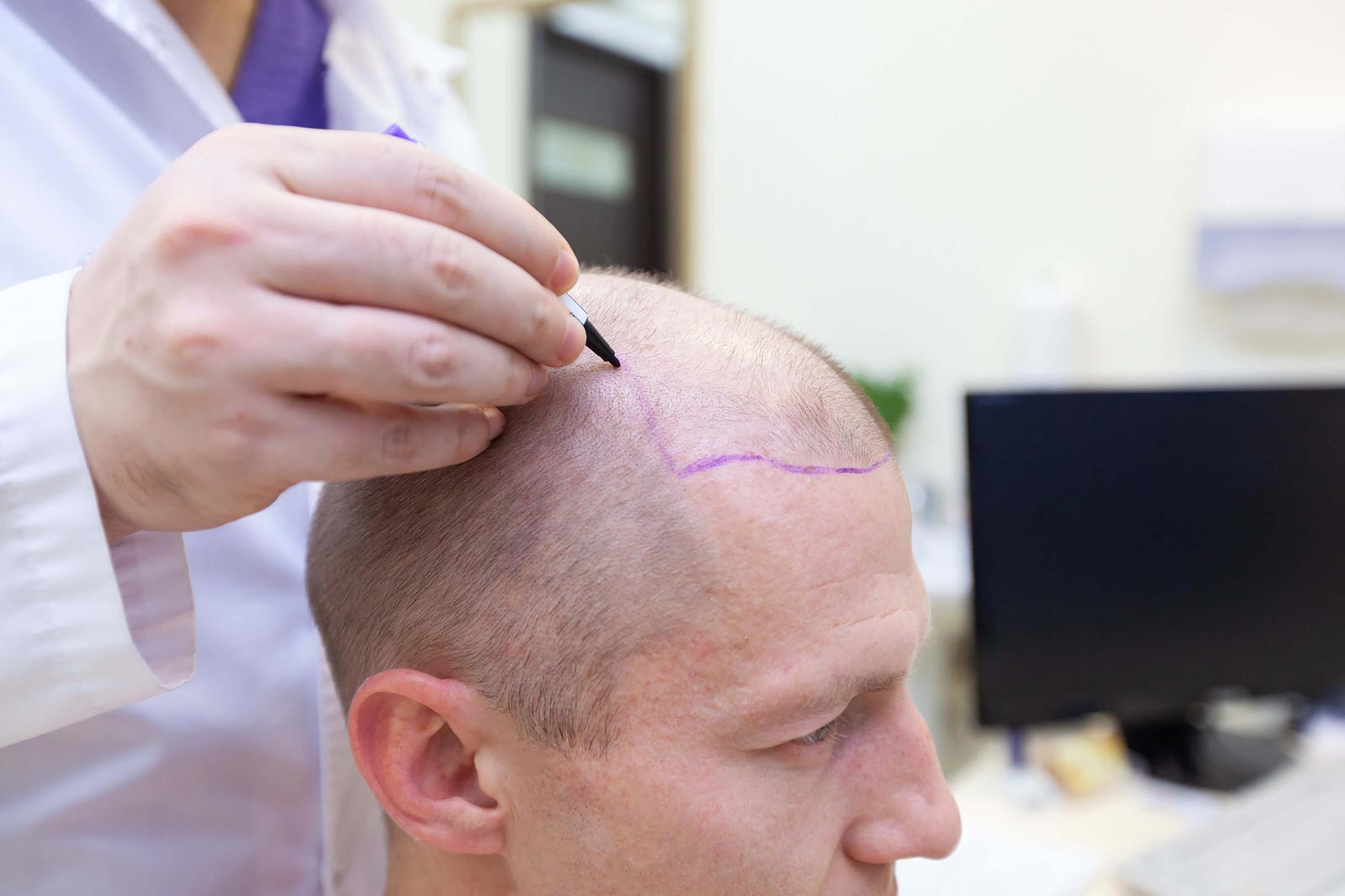

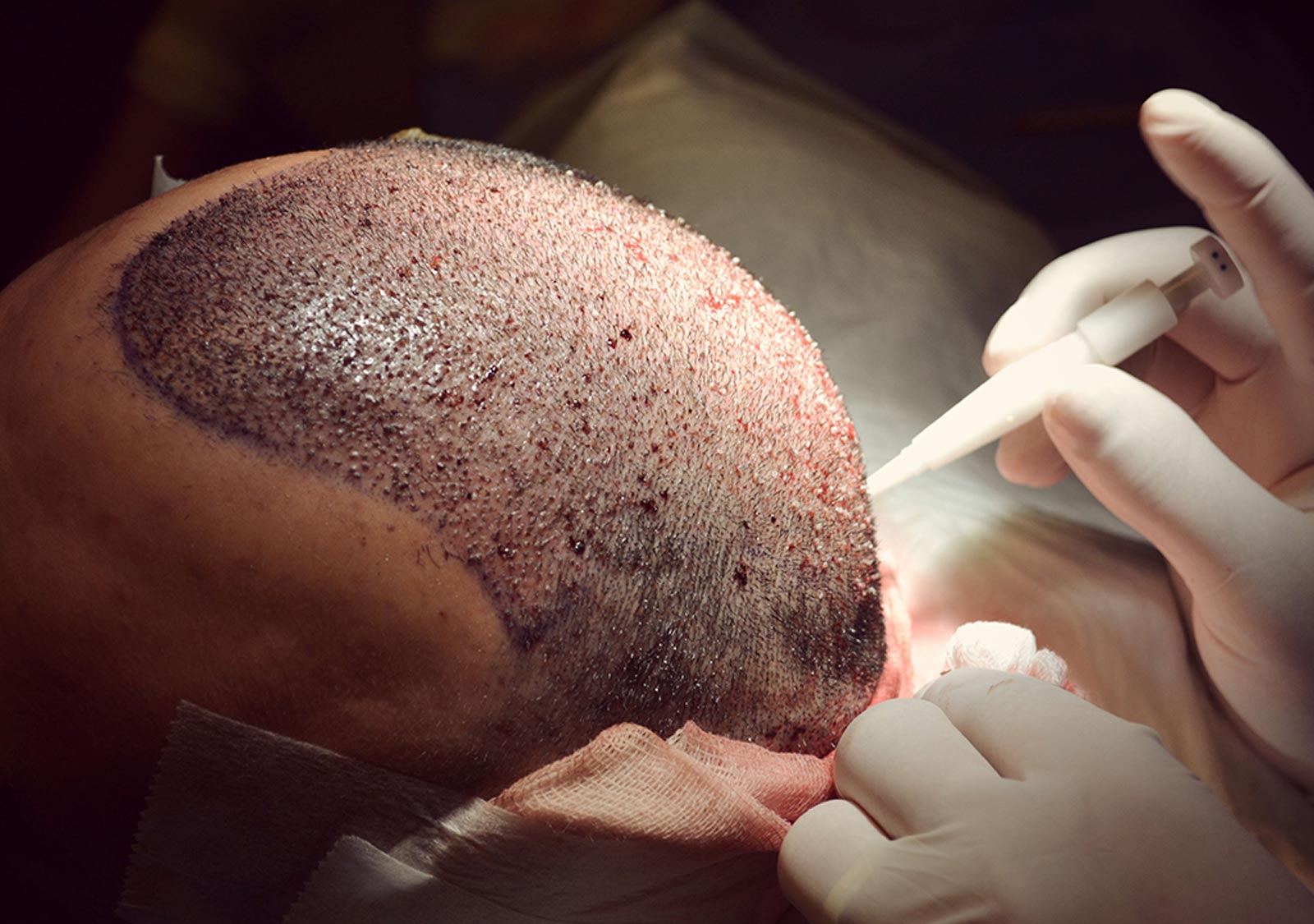
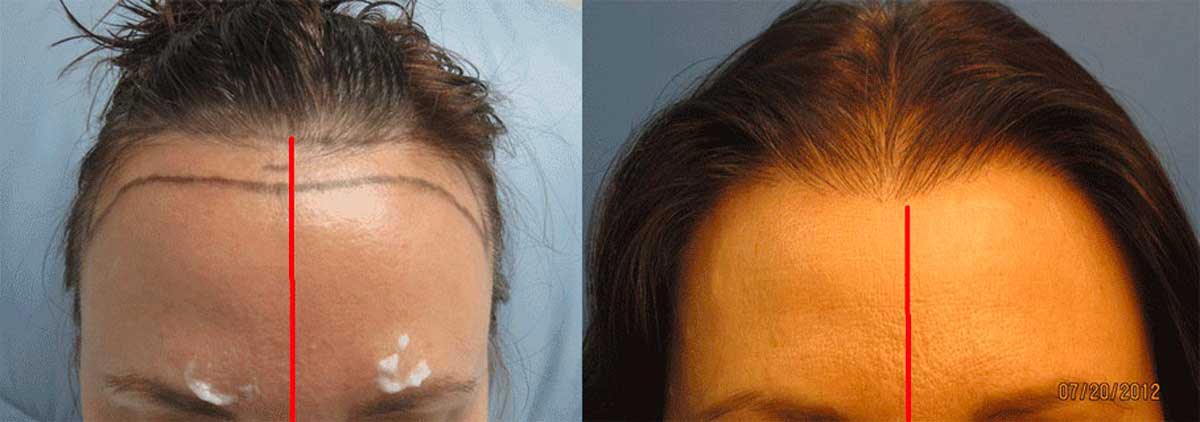

4 Comments